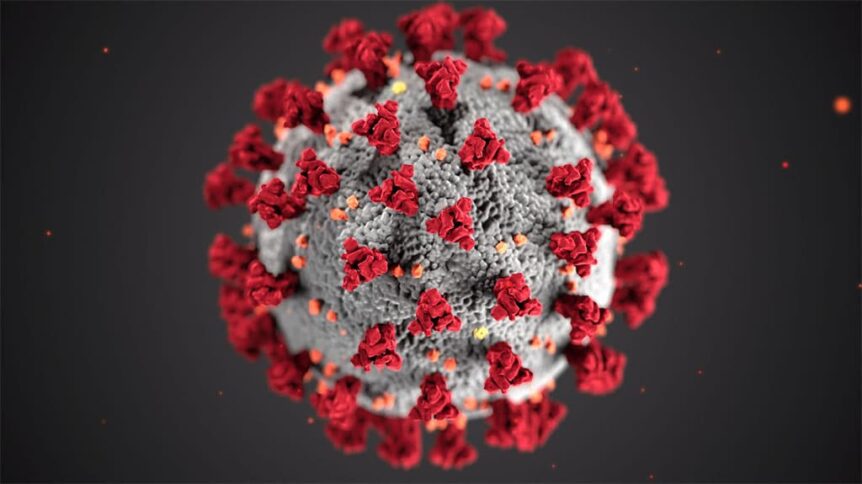How Has COVID-19 Infected US Middle M&A Markets? What Symptoms Are We Seeing?
So many things have changed in the months since February; it’s hard to think of what hasn’t been affected by COVID-19 and responses spawned by it. Customer traffic, access to credit, sales, in-person-meetings, travel, valuations, forward guidance . . . all were impacted in ways that seemed unthinkable just months earlier.
Many sources were already reporting a decline in US M&A for 2019, but a look back reveals Q1-2020 US M&A activity was down ~39% compared to Q4-2019, according to Dealogic. Deal volumes were at a 5-year low for Q1 2020, and then fell 72% in April compared to March, according to Refinitiv. Anu Aiyengar, cohead of global mergers and acquisitions at JPMorgan Chase, speaking in May said, “Deal-making came to a complete standstill, but now you are beginning to see activity.”
Negotiations and deals might be re-emerging, but these aren’t equally spread across all sectors of the market. Most of the recent deal activity has been in the lower middle market or large-cap space, while middle market/mid-cap M&A activity continues to lag, still down significantly relative to pre-COVID-19 levels. Goldman Sachs co-head of global M&A, Dusty Philip, expects while sectors such as energy are going to struggle, there will be good M&A activity in high-growth sectors like tech and healthcare. Cornelia Andersson, head of M&A and Capital Raising for Refinitiv, believes that M&A activity in general will be delayed until later in 2020, but that potential recovery could be derailed if the pandemic worsens.
Turmoil is often destructive, but it also creates opportunities for those savvy enough to recognize it, and also having resources available to be deployed to capture the opportunity.
Andersson also thinks a dominant portion of the M&A activity that does occur will be rescue deals and restructurings as companies struggle to navigate the negative economic impacts and shifting patterns of behavior.
William Casey of EY America, has found it difficult to gain his normal insights on the M&A market due to COVID-19. EY was forced to shut down their regular surveys of business leaders for a time, but at that shut-down point 60% were bullish and still planning to pursue deals in the coming 12 months. Since then, he believes many have begun to focus more on preserving cash and attending to their own new business challenges, determining if there are divisions that now should be divested or identifying new markets on which to re-focus. He cites observers that expect 2020 to be the slowest year in a decade for M&A.
Many business leaders agree that strategy and portfolio reviews for their core business will need to become more frequent while focusing on gathering quality data in order to understand rapidly changing markets and competitors. This is even a greater challenge for M&A due diligence. Identifying and assessing impacts and alterations in supply chain fundamentals, customer demand, customer solvency, altered government regulations, obligations assumed under the Paycheck Protection Program, recent employee layoffs in compliance with laws like the WARN Act, new health and safety protocol impacts for employees and customers, and business valuations in a turbulent economy for prospective companies will all be more difficult to gather and assess with confidence.
M&A opportunities will certainly exist and maybe even grow, but in a health-restricted, changing business environment, it will be business leaders with vision and flexibility that can navigate this “new normal”.
Last Updated: June 10, 2020
For more insights, contact Jack Chang at jackchang@dgpcapital.com, or 713-955-1695, Extension 801.

